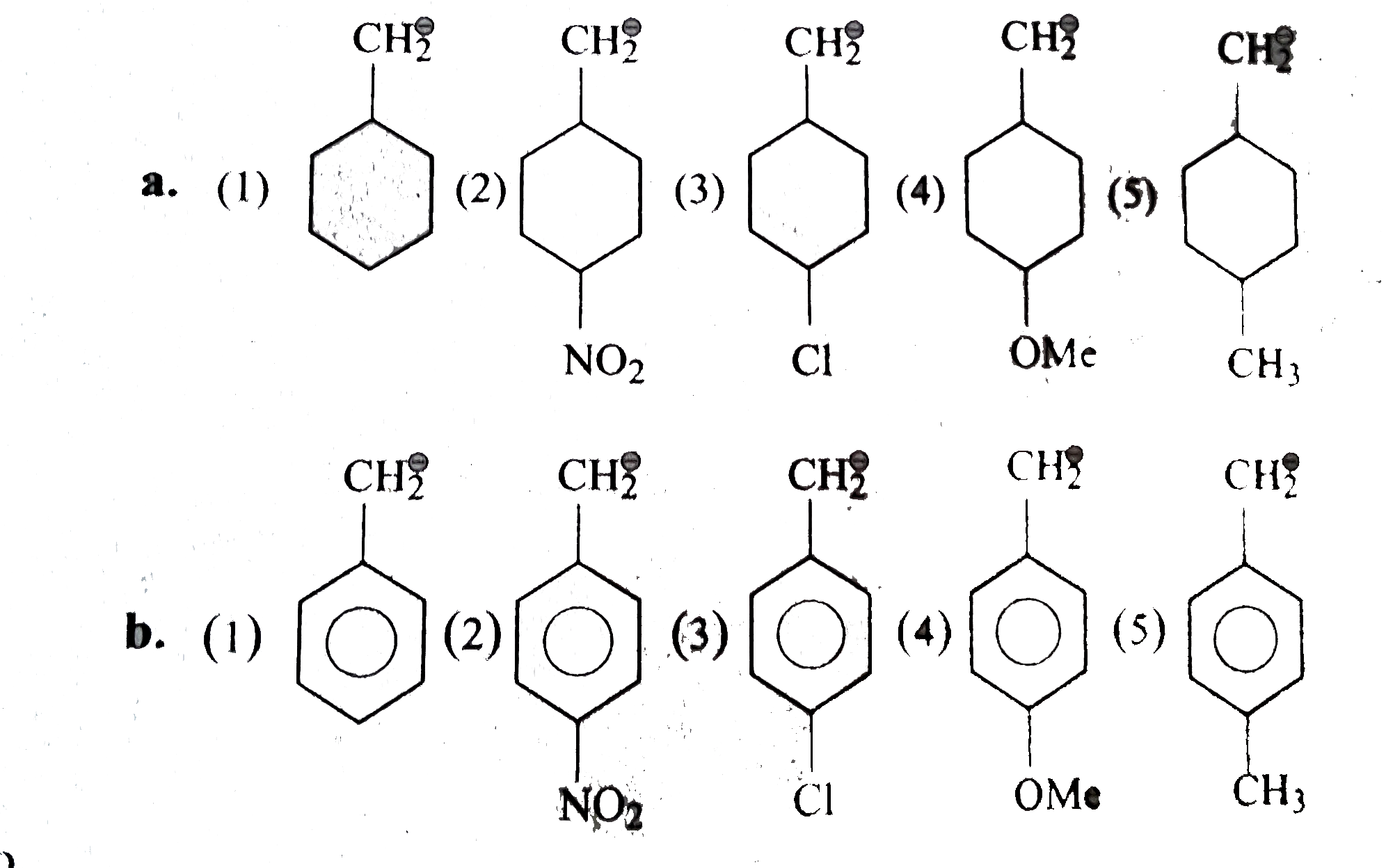Give decreasing order of catenation of carbon family .
To determine the decreasing order of catenation in the carbon family, we need to analyze the elements present in this group, which includes carbon (C), silicon (Si), germanium (Ge), tin (Sn), and lead (Pb). Catenation refers to the ability of an element to form chains or rings by bonding with itself.
1. Understanding Catenation:
- Catenation is the ability of an element to bond with itself, forming chains or complex structures. The strength of these bonds and the size of the atoms play a crucial role in determining the extent of catenation.
2. Identifying the Elements:
- The carbon family consists of the following elements: Carbon (C), Silicon (Si), Germanium (Ge), Tin (Sn), and Lead (Pb).
3. Analyzing Atomic Size and Bond Strength:
- As we move down the group from carbon to lead, the atomic size increases. Larger atoms tend to have weaker bonds due to the increased distance between the nuclei of the bonded atoms, which reduces the effective overlap of their orbitals.
4. Catenation Order:
- Carbon, being the smallest and having strong C-C bonds, exhibits the highest catenation ability.
- Silicon can also catenate, but to a lesser extent than carbon due to its larger size and weaker Si-Si bonds.
- Germanium shows similar behavior to silicon, but its catenation ability is slightly lower.
- Tin and lead have even larger atomic sizes, leading to weaker Sn-Sn and Pb-Pb bonds, resulting in the least catenation ability among the group.
5. Final Order:
- Based on the analysis, the decreasing order of catenation in the carbon family is:
- Carbon (C) > Silicon (Si) > Germanium (Ge) > Tin (Sn) > Lead (Pb)
Final Answer:
Decreasing order of catenation of the carbon family: C > Si > Ge > Sn > Pb
---
- Catenation is the ability of an element to bond with itself, forming chains or complex structures. The strength of these bonds and the size of the atoms play a crucial role in determining the extent of catenation.
- The carbon family consists of the following elements: Carbon (C), Silicon (Si), Germanium (Ge), Tin (Sn), and Lead (Pb).
- As we move down the group from carbon to lead, the atomic size increases. Larger atoms tend to have weaker bonds due to the increased distance between the nuclei of the bonded atoms, which reduces the effective overlap of their orbitals.
- Carbon, being the smallest and having strong C-C bonds, exhibits the highest catenation ability.
- Silicon can also catenate, but to a lesser extent than carbon due to its larger size and weaker Si-Si bonds.
- Germanium shows similar behavior to silicon, but its catenation ability is slightly lower.
- Tin and lead have even larger atomic sizes, leading to weaker Sn-Sn and Pb-Pb bonds, resulting in the least catenation ability among the group.
- Based on the analysis, the decreasing order of catenation in the carbon family is:
- Carbon (C) > Silicon (Si) > Germanium (Ge) > Tin (Sn) > Lead (Pb)
Decreasing order of catenation of the carbon family: C > Si > Ge > Sn > Pb
Similar Questions

Decreasing order of pKa is :
View SolutionThe order of catenation power is
View SolutionThe order of catenation power is
View SolutionGive the decreasing order of hydrate formation of the following.
I. HCHO II. PhCHO
III. Chloral IV. Acetone
View SolutionGive the decreasing order of SN1 reactions of the following compounds in H2O.
 .
.
View SolutionGive decreasing order of the stabilities of the following :

View SolutionGive the decreasing order of the octane rating of the following:
i.
View SolutionGive the decreasing order of the reaction rates of the following benzyl with HBr.
(I)
View SolutionGive the decreasing order of magnetic moment of the following:
(a) Ca , (b) Al , ( c) N, (d) O
View SolutionGive the decreasing order of the stabilities of the following :



View Solution
